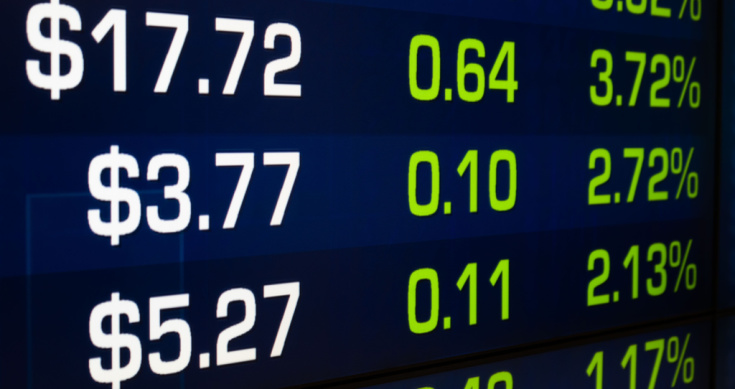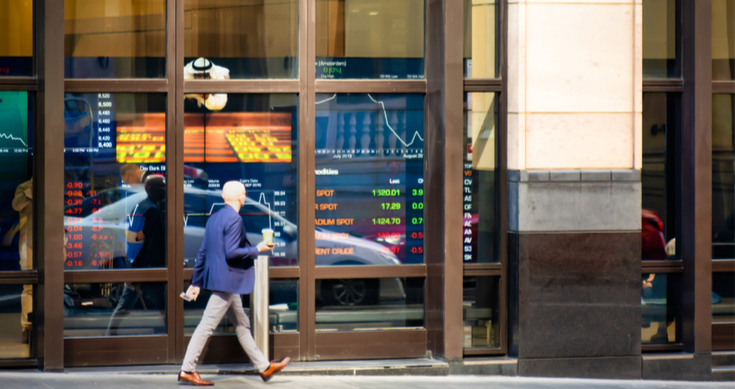BHP has fallen from flagship share of the ASX to a willowing blue-chip free-falling through the ranks.
BHP’s fall from grace is following the footsteps of many before it: National Australia Bank (NAB), News Corp (NWS), Telstra (TLS) and Westfield (WFD) have all been there before. What does this mean for flagship share on the nose?
Markets cycles come and go, so too do market leaders. BHP dominated the ASX from 2003 to 2012. BHP’s rein over the ASX has now ended, although it did see some impressive feats:
– Raising money at lower rates than the Australian government;
– Reached a peak market weighting circa 12.5% of the ASX 200; and
– Being the Dividend savior of 2007-2009 as the developed economies crumbled around BHP.
Lower rates that the Australian Government
In November 2011 BHP issued over $1bn of bonds in the US at 1.125%. At the same time the Australian Government and NSW Treasury bonds were c.3.50% and c4% respectively.
Peak Market Weighting of 12.5%
In 2008 BHP traded up to $50 (pre-adjustments) which was around the time it reached the peak weighting on the ASX 200 of 12.5%.
The weighting of 12.5% meant that $1 in every $8 added to ‘the market’ (ASX 200, or ‘XJO’) went straight to BHP. In other words, if your contributed a fresh $100,000 into your industry superfund and elected for Australian shares, most likely $12,500 went straight into BHP.
Today BHP is about 3.7% of the ASX 200.
Dividend Savior
Throughout the GFC BHP was the ‘last man standing’ of developed economies. When blue-chip companies world-wide were cutting their dividends, including Australia’s Big Four Banks, BHP maintained their progressive dividend policy. Below is the table of BHP progressive dividends paid over the last decade.

Source Iress
Only a few years later this same progressive dividend policy was ridiculed as being out of date due to the hoards of cash BHP amassed from the strong positive cash flows. Almost everyone of Australia’s broking firms recommended BHP use the cash for buy-backs or any other corporate actions (that the brokerage firms would charge BHP to advise on).
Yet in today’s market, Standard & Poor’s have just downgraded BHP’s credit rating citing the progressive dividend policy as a catalyst for further concern.
Fall From Grace
BHP’s 2003-2012 dominance will be remembered for at least a generation, or maybe two, but that time has ended.
The fall of BHP as the flagship of the ASX has been as spectacular as was its rise to dominance. The depressive state of BHP’s share price now places BHP in the ranks with NAB (negligible returns for almost 15 years – read more here), WFD and NWS, other former flagships of the ASX.
As the aforementioned shares show, this fall from grace does not mean BHP is in an express lane to Ferrier Hodgson for voluntary administration, just to occupy a more pedestrian role in the Australian share market in the foreseeable future and less interest from everyday shareholders.
What would save BHP?
An external or catalyst event would save BHP.
Because BHP’s share price is a function of commodity prices, the resurgence of BHP is mostly reliant external forces to lift commodity prices worldwide
History shows such catalyst events as global wars that convert economies into commodity-consuming machines. Short of such extremes (that we all wish to avoid) it appears as though the fate of BHP could follow that of the Roman Empire.









